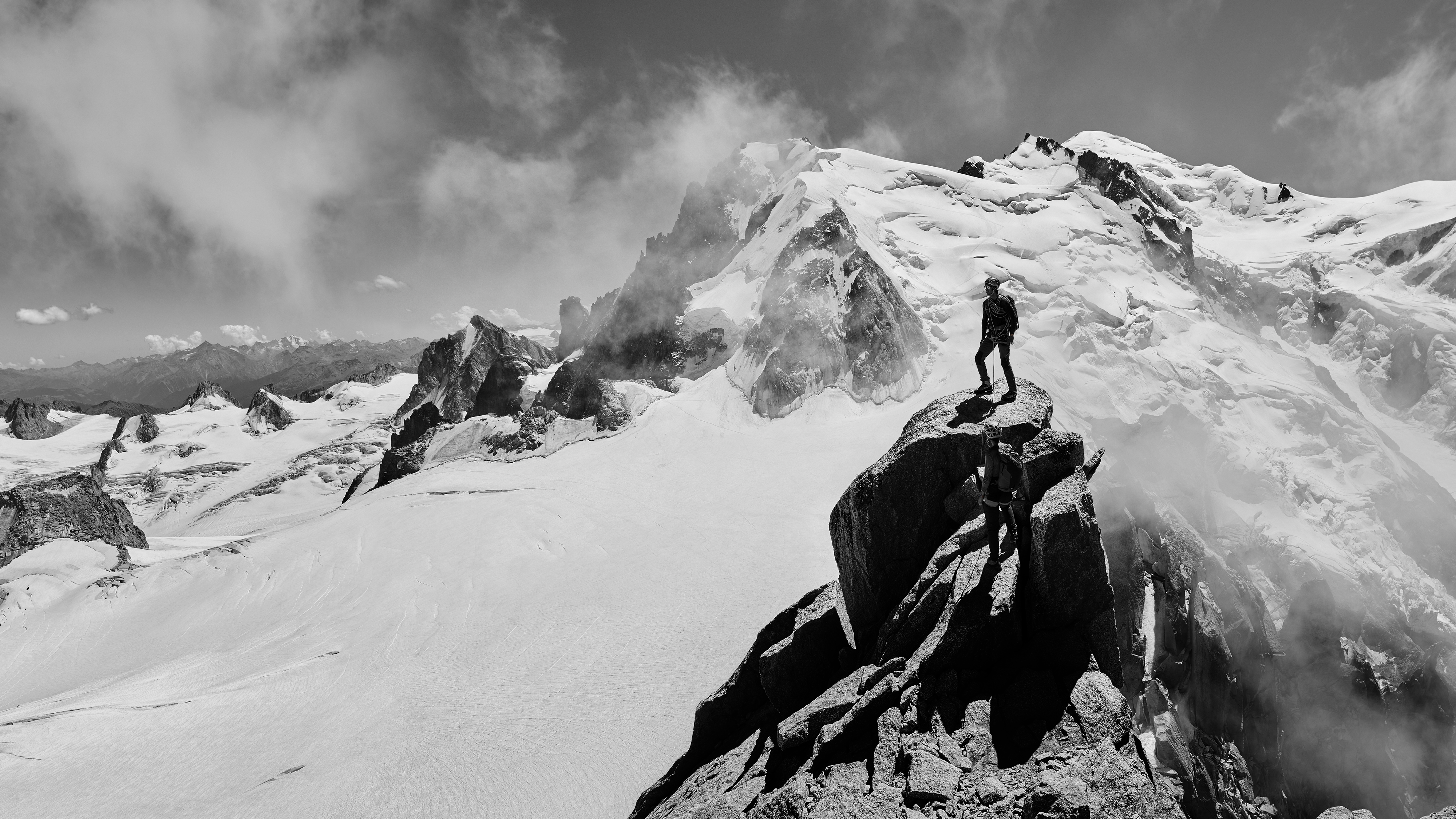

The Apple Watch is the world’s favourite watch… except among lovers of the great outdoors. Now though, Apple has unleashed the ‘extreme’ Apple Watch Ultra. Can it win over the rucksack-wearing naysayers?
At outdoor gatherings from parkruns and trail running events to mountain bike meets and adventure festivals, you will often feel a person’s eyes drifting towards your wrist when you’re talking to them. They are checking out what watch you’re wearing. And make no mistake, judgements are being made.
When it comes to choosing the best smartwatch for outdoor activities there’s now a massive selection, with Suunto and Polar all very popular, while Garmin still arguably lead the field. But the wrists that provoke the most eyebrow action are those that are naked (the purists, who are here for the experience and couldn’t care less about their splits or the sartorial points they’re scoring) and the ones sporting the latest iteration of an Apple Watch (who care very much about all of the above).
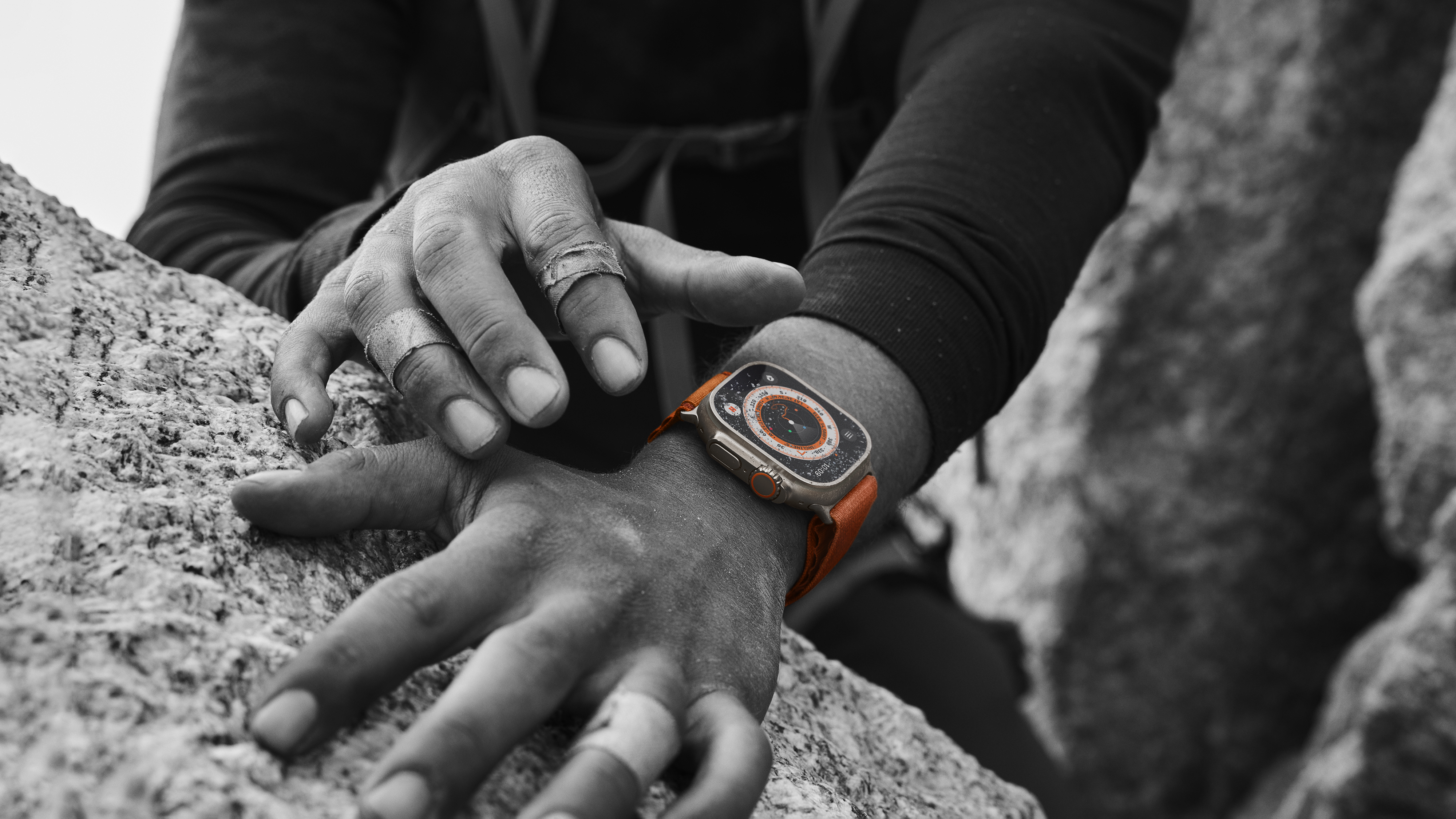
Since its launch in 2015, the Apple Watch has steadily evolved and earned its place on the arms of many a runner and rider. But, despite all the tweaks and improvements there hasn’t yet been a version capable of convincing the outdoor community in the same way that Garmin has managed to do, with its comprehensive range of wrist-based tech for generalists and sport-specific adventure types.
However, this week, amid the typical orgiastic enthusiasm of an Apple Event, the Apple Watch Ultra was unleashed, and this is the blue-eyed baby the brand is hoping will wow those hard-to-impress outdoor types who remain sceptical about the functionality, look, feel and ruggedness of the range.
Will it work? We take a look at some of the common complaints often voiced about the existing Apple watches and assess how well the Ultra deals with them to meet the needs of the modern outdoor adventurer.
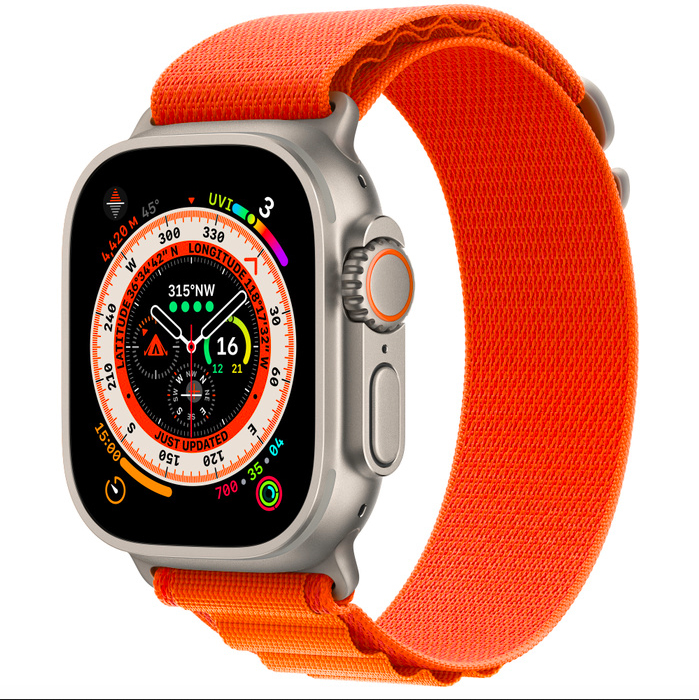
The battery life is rubbish…
While the best smart watches from the likes of Garmin and Suunto can keep performing for days on end, constantly recording data and supplying crucial information, earlier incarnations of the apple watch have been super needy, and requite recharging on a daily basis. This is a particulate wind-up for backpackers who do multiday hikes, ultrarunners, adventure racers and long distance cyclists and paddlers.
Sign up to the T3 newsletter for smarter living straight to your inbox
Get all the latest news, reviews, deals and buying guides on gorgeous tech, home and active products from the T3 experts
Offering 36 hours of multifunctional usefulness as standard, the Apple Watch Ultra features a new low-power setting that can prolong battery life to a ceiling of around 60 hours. Activating this mode does disable some features, but the tracking capability and other essential functions remain on.
Verdict: This is a big improvement on previous Apple watches such as the Apple Watch 7 and even the new Apple Watch Series 8, which was launched simultaneously with the Ultra. However, it still doesn’t even come close to competing with the endurance level of the more recent Garmin Fenix models, which harness solar power via their photovoltaic Power Glass to keep going for days or even weeks on end.
It looks too much like a dress watch…
While not everyone wants to run around with something the size of a satsuma on their wrist, we have become very accustomed to wearing large smart watches over the last decade or more, and to some outdoor types having a proper chunky monkey on their arm has become a badge of honour. Apple watches have alway been a lot more svelte by design, but is has led people to question their ruggedness.
Housed within a 49mm aerospace-grade titanium case, the Apple Watch Ultra is a whole lot bulkier, less pretty and much tougher looking than its family members and predecessors. And the die-hard look goes beyond the main body of the watch too. There are three strap options, from the lightweight trail loop to the alpine loop, which can be threaded through reinforced top loops for additional security, via the extra-long wetsuit-compatable ocean band for surfers and divers.
Verdict: Genuinely, this watch is nails, and we’d back it to prevail in a toe-to-toe scrap with the elements in almost every conceivable scenario. The Ultra is certified to the standard used to approve military equipment (MIL-STD-810H, in case you were wondering), but, like a well-dressed assassin, it’s still relatively suave looking compared to the chunkiest models in the Garmin range, or something like the Casio G-Shock family. We can’t see this changing any time soon, and nor should it - choose your weapon according to your personal taste.
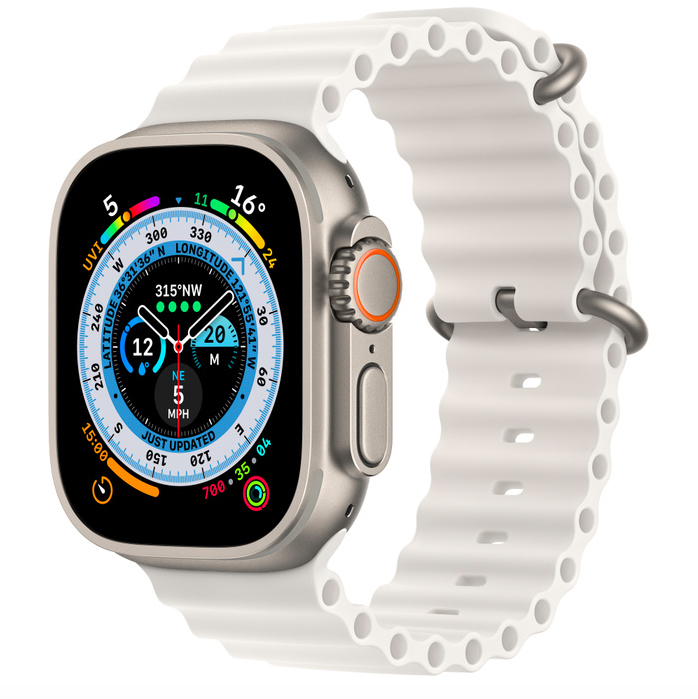
It’s impossible to use with gloves on…
Apple have certainly listened to this complaint, and besides making the digital crown of the Ultra bigger than any before it, the designers have given it tactile grooves so you can feel your way through the functions, even with gloves on.
But even more importantly, responding to the pleas of many a frustrated outdoor user, a bright orange action button has also been added to the side of the Ultra. There’s only one button, compared to Garmin’s five, but it is customisable, so you can set it to perform various functions.
Verdict: One button is better than none, and the Ultra is undeniably more physically user friendly than its predecessors, but we expect there will be demands for more mitten-friendly features in future.
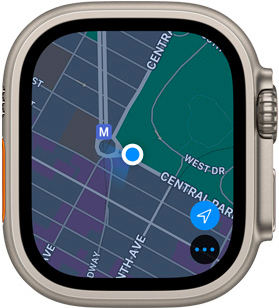
It’s not as good as Garmin watches for navigation and backcountry exploring…
There have been some significant updates and improvements here. Most obvious is the new Wayfinder watch face, freshly designed for the Ultra’s more generous display dimensions, which boasts an in-built compass. The compass app has been redesigned, too, so you can now set, mark and navigate to important waypoints, and the aforementioned 49mm display is the biggest and brightest Apple have ever produced, making it excellent in all light conditions.
The Ultra also has an impressive new Night mode, easily activated by twisting the bezel, which makes the face blush red so you can keel reading it without blowing out your nightvision – perfect for exploring the galaxy during star-gazing walks.
There’s now a BackTrack function too, enabling you to retrace your steps if you do get lost, and if things really go south, new safety functions include an in-built ear-splitting 86-decibel siren to signal for help and assist rescuers to find you in low visibility.
And for aquatic explorers, a new Depth app means the watch can be used as a dive computer. The display will show your current depth, remind you how long you've been under and let you know what the water temperature is. With a water resistance rating of WR1000, it can be used to a depth of 40m (130ft).
Verdict: Lots of big improvements in this area, all of which will please ultra runners, hill hikers, long-distance walkers, backpackers, bikepackers and explorers of all kinds. We expect a few successful conversions on the basis of these new features and, perhaps more importantly, what they signify for futures app upgrades and developments.
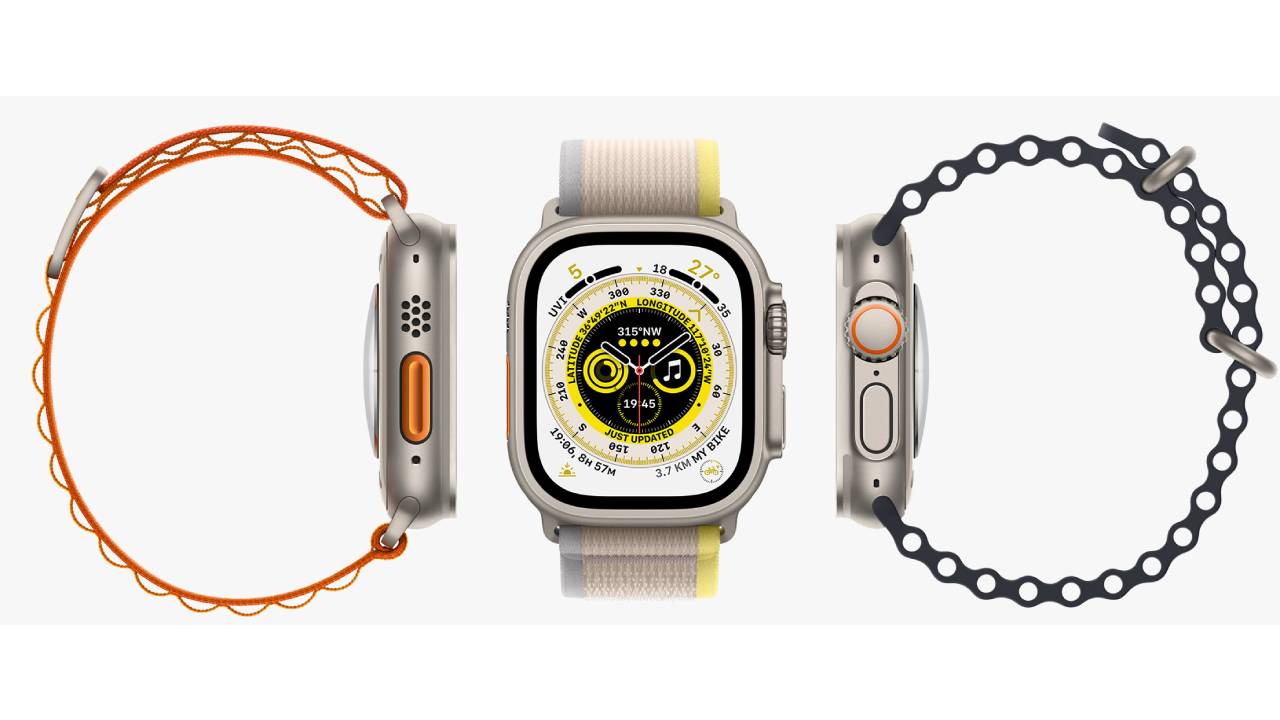
It’s really, really expensive…
Yeah, well this hasn’t changed. On launch, the Apple Watch Ultra will be priced at £849 in the UK and is set to start at $799 in the US. However, to be fair, this is the absolute top of the Apple Watch range in terms of outdoor capability, and the equivalent in the Garmin family is the …. which costs a cool £689.99 for the Solar model, and goes up to £779.99 for the premium Sapphire Solar edition.
And what’s more…
Other impressive new features that will please the all-round outdoor enthusiast include a second speaker, facilitating louder volumes, and three microphones for improved voice clarity, so comms can be conducted even in noisy, windy outdoor conditions.
And something that particularly impressed T3's fitness editor is the new multisport mode, complete with auto-detection so you can seamlessly switch between disciplines, which can be used for adventure racing and swimrun events and training session (as well as triathlons and other multisport efforts).
Overall verdict
While we don’t think the new Apple Watch Ultra will send Garmin running into the hills screaming in panic, it does seem like a very impressive piece of kit and Apple are definitely nibbling right at the heels of the category leaders. The all-round capability of this watch and its high level of functionality for everyone from hikers and bikers to kayakers, climbers, surfers and scuba divers is extremely impressive, and it appears a whole lot more adventure-ready than any of its predecessors.
If you’re one of those people whose eyes go wandering to the wrists of your outdoor companions, we fully expect you will be seeing quite a few new Apple Watch Ultras appearing on the arms of those around you on the starting line of events and at the bar of adventure festivals later this year.
The Apple Watch Ultra is available from September 23.

Author of Caving, Canyoning, Coasteering…, a recently released book about all kinds of outdoor adventures around Britain, Pat Kinsella has been writing about outdoor pursuits and adventure sports for two decades. In pursuit of stories he’s canoed Canada’s Yukon River, climbed Mont Blanc and Kilimanjaro, skied and mountain biked across the Norwegian Alps, run ultras across the roof of Mauritius and through the hills of the Himalayas, and set short-lived speed records for trail-running Australia’s highest peaks and New Zealand’s nine Great Walks. A former editor of several Australian magazines he’s a longtime contributor to publications including Sidetracked, Outdoor, National Geographic Traveller, Trail Running, The Great Outdoors, Outdoor Fitness and Adventure Travel, and a regular writer for Lonely Planet (for whom he compiled, edited and co-wrote the Atlas of Adventure, a guide to outdoor pursuits around the globe). He’s authored guides to exploring the coastline and countryside of Devon and Dorset, and recently wrote a book about pub walks. Follow Pat's adventures on Strava and instagram.
-
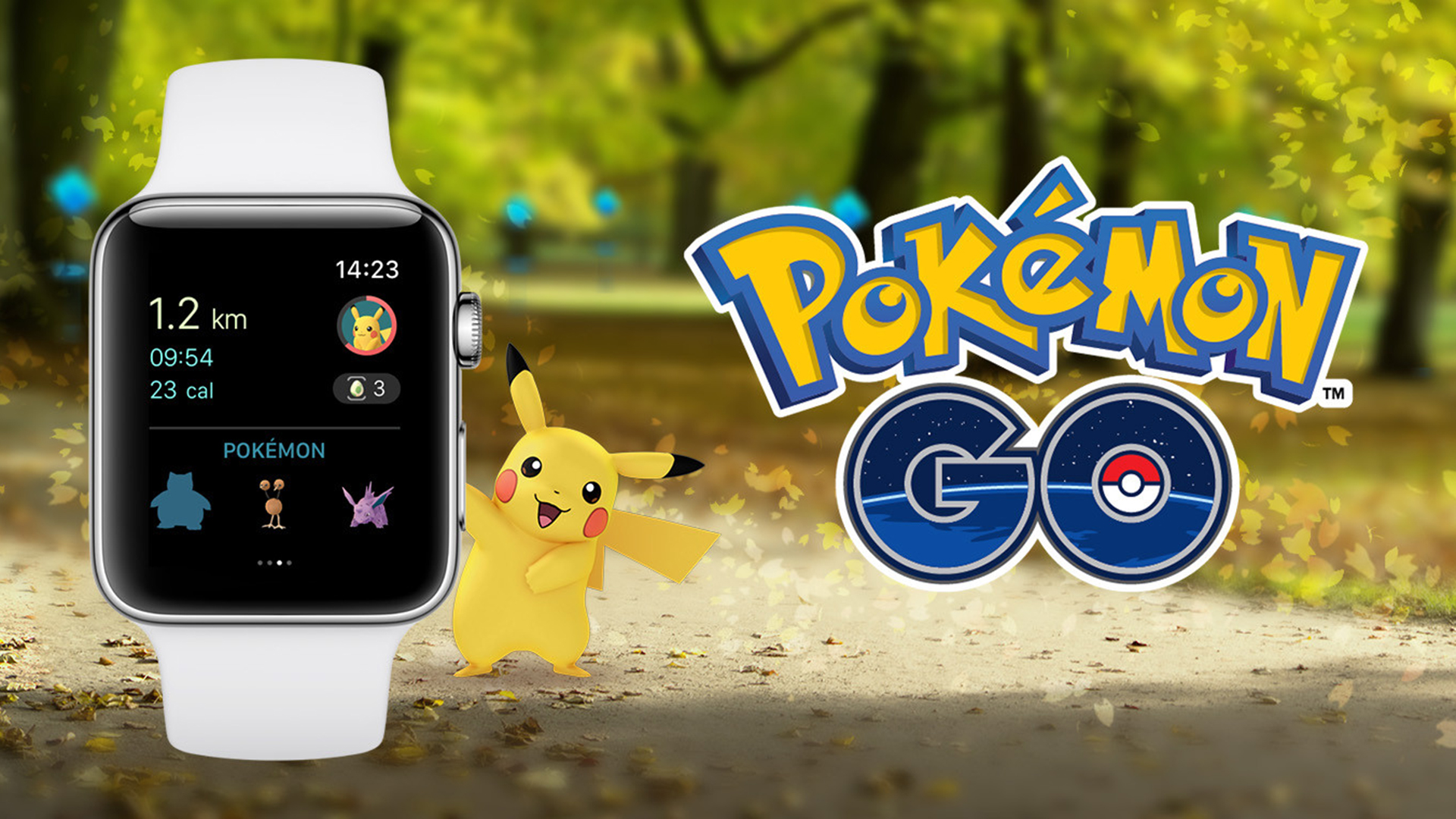 Pokémon Go is now on your Apple Watch, here’s what you can do
Pokémon Go is now on your Apple Watch, here’s what you can doCatch ‘em all using your wrist as a handy gaming assistant
By Luke Edwards Published
-
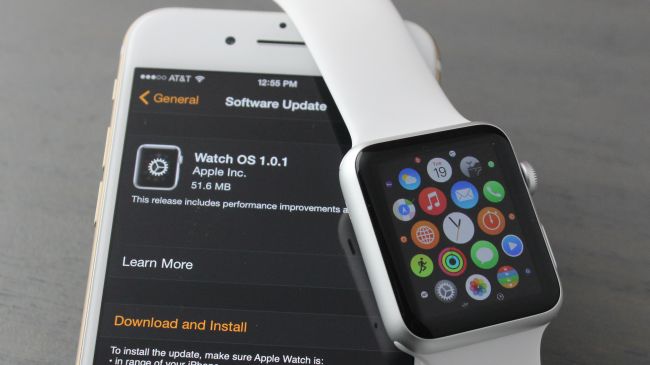 T3 Opinion: six months on from launch, the Apple Watch is perfectly nice. It's fine…
T3 Opinion: six months on from launch, the Apple Watch is perfectly nice. It's fine…Or, how I learned to stop worrying and quite like the Apple Watch
By Rory Buckeridge Published
-
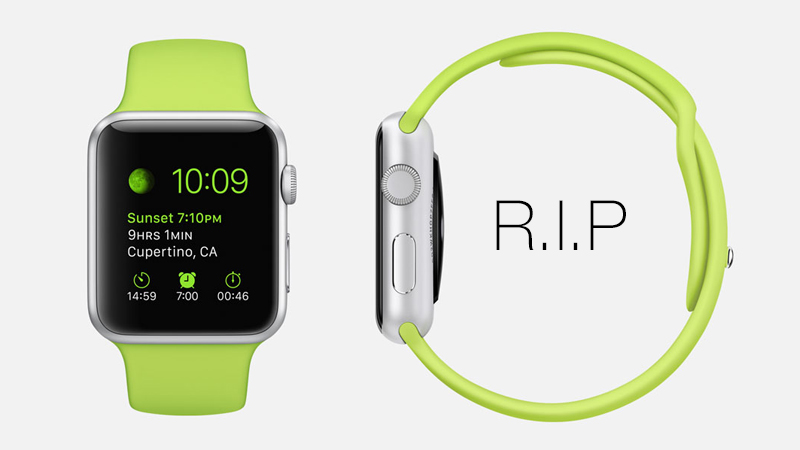 Apple killed off the ugly green Apple Watch strap
Apple killed off the ugly green Apple Watch strapOriginals to become a collectors' item?
By Spencer Hart Published
-
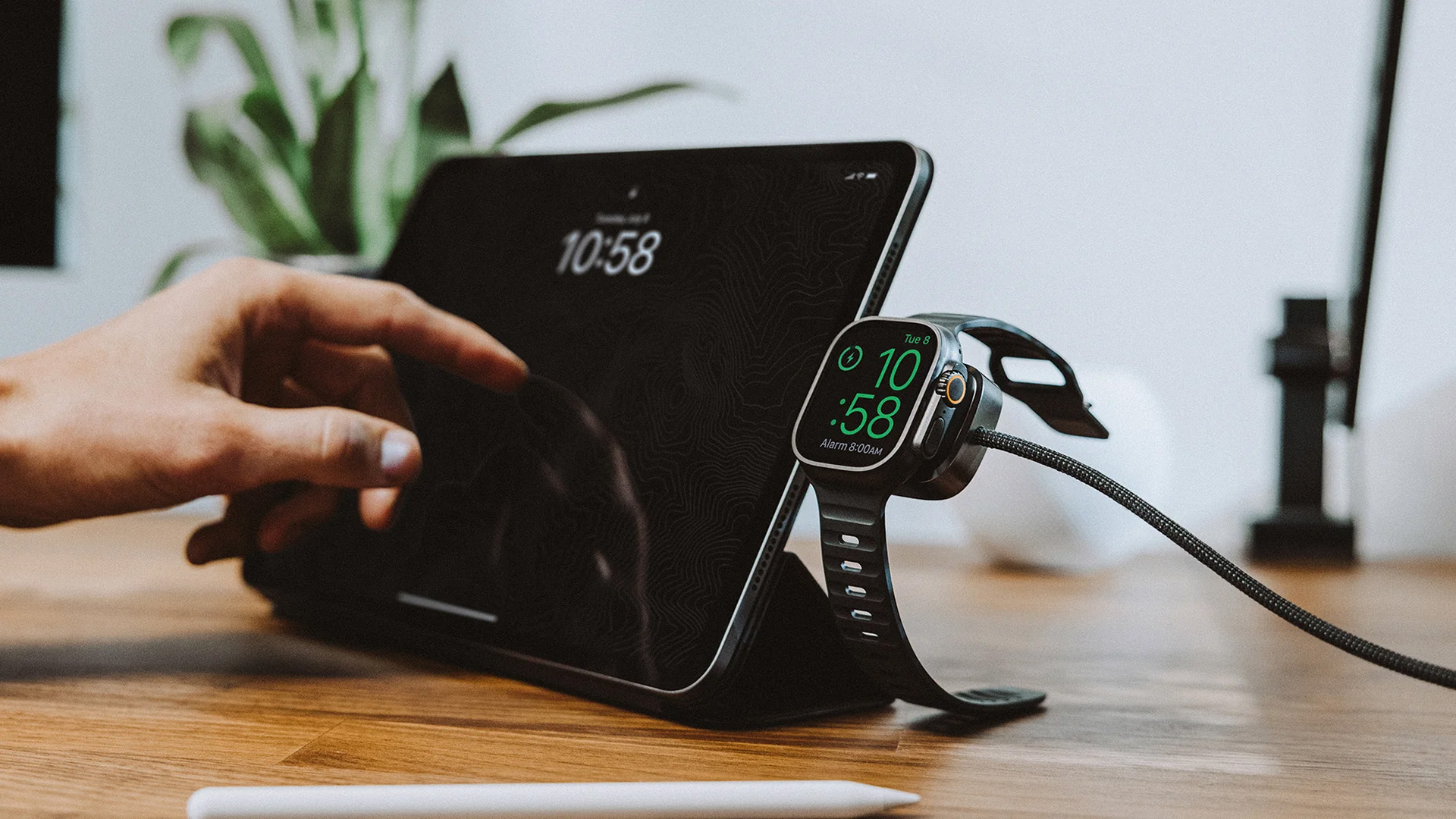 This Apple Watch cable can also charge your iPhone or even a Samsung Galaxy S25
This Apple Watch cable can also charge your iPhone or even a Samsung Galaxy S25This interesting cable from Nomad is perfect for Apple fans who travel
By Britta O'Boyle Published
-
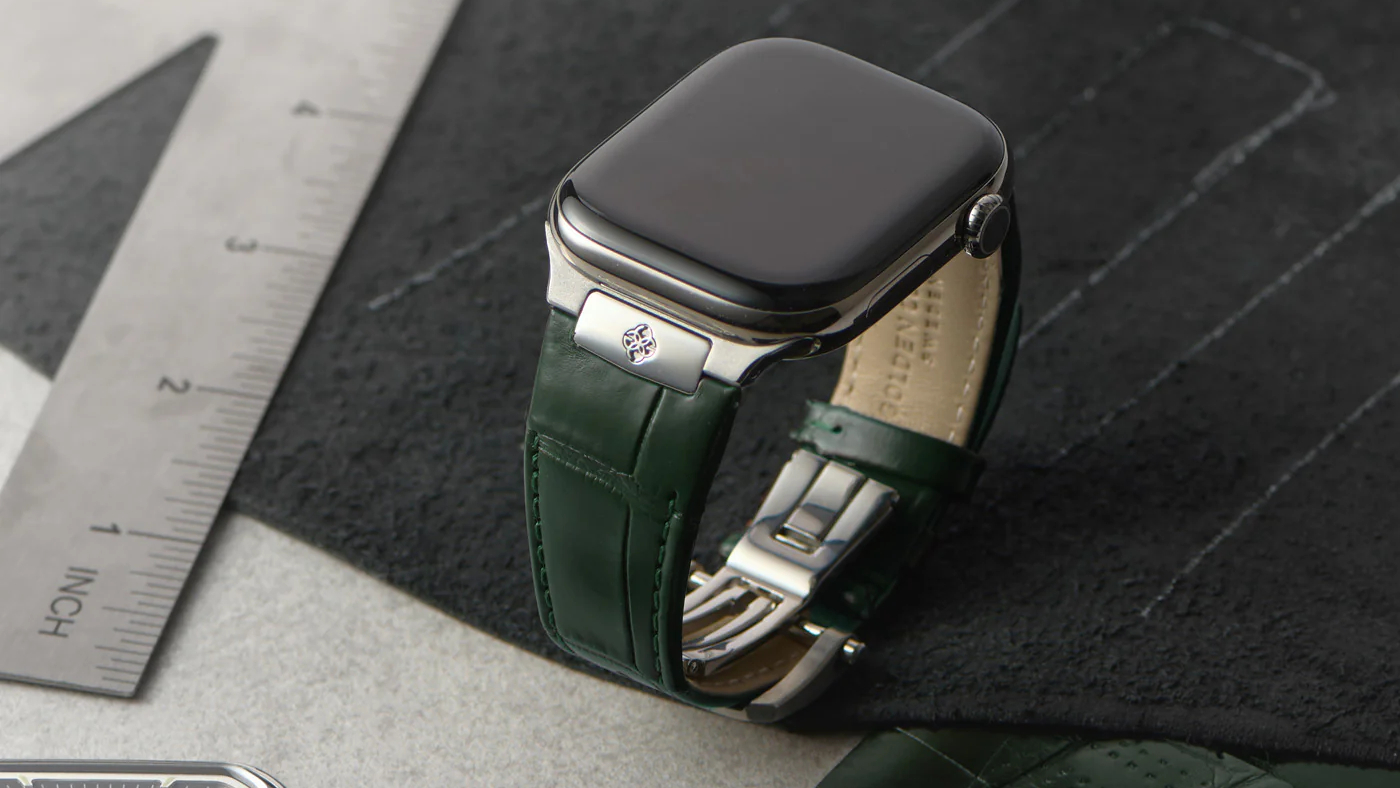 New Apple Watch accessory gives users a taste of luxury
New Apple Watch accessory gives users a taste of luxuryThis is the best treat you can give your Apple Watch
By Sam Cross Published
-
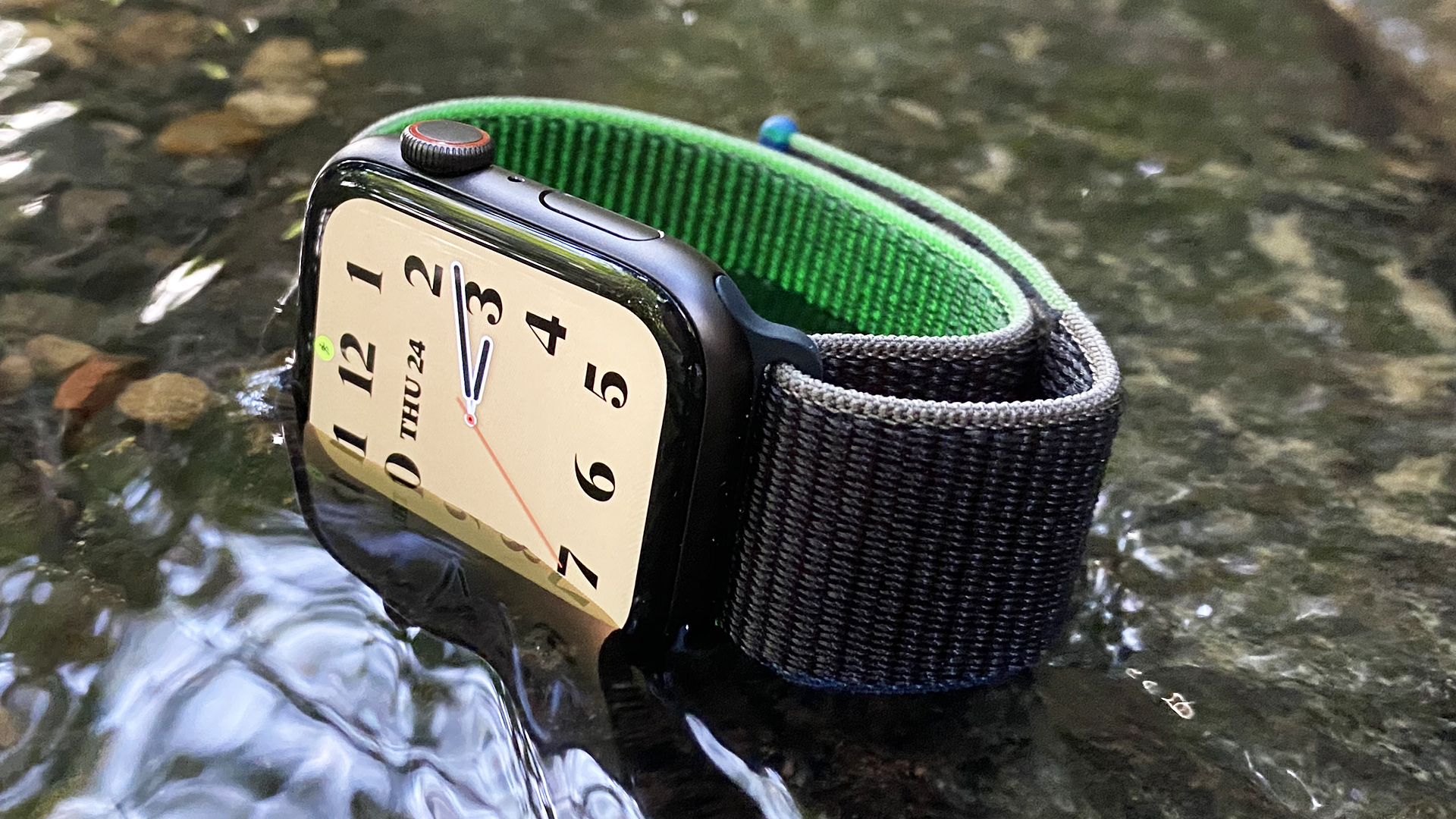 A redesigned Apple Watch could arrive this year
A redesigned Apple Watch could arrive this year2025 looks to be the year the Apple Watch SE gets its biggest upgrade to date
By John McCann Published
-
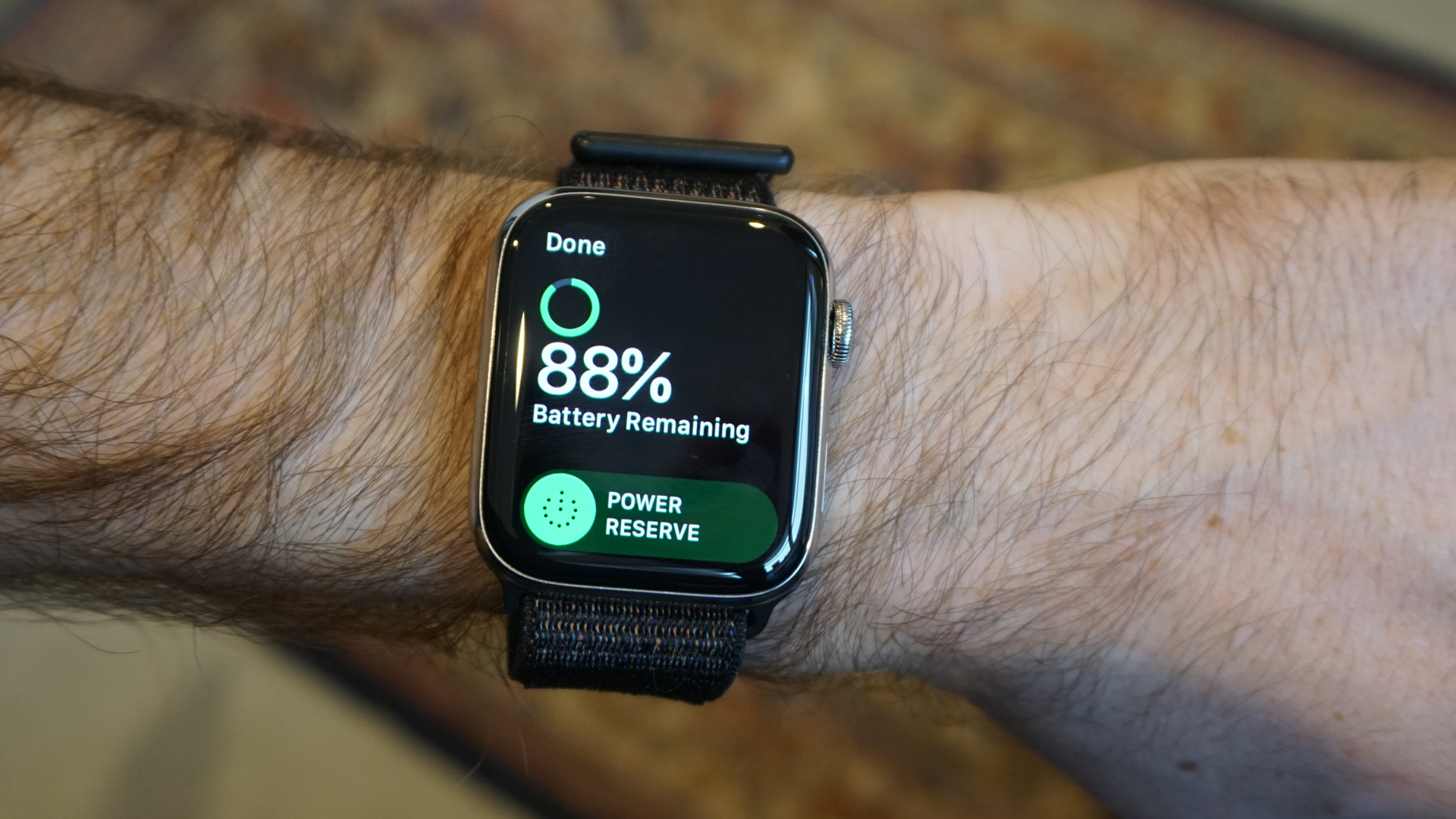 Your older Apple Watch may now be obsolete
Your older Apple Watch may now be obsoleteOlder Apple Watch users may be in for a nasty shock
By Sam Cross Published
-
 Apple Watch could get the major upgrade we've waited years for, the Ultra too
Apple Watch could get the major upgrade we've waited years for, the Ultra tooMuch faster mobile data could be coming to your wrist soon
By Carrie Marshall Published
-
 Apple Watch just got a great free update to help you get home safely
Apple Watch just got a great free update to help you get home safelyUber has significantly improved its Live Activities feed
By Britta O'Boyle Published
-
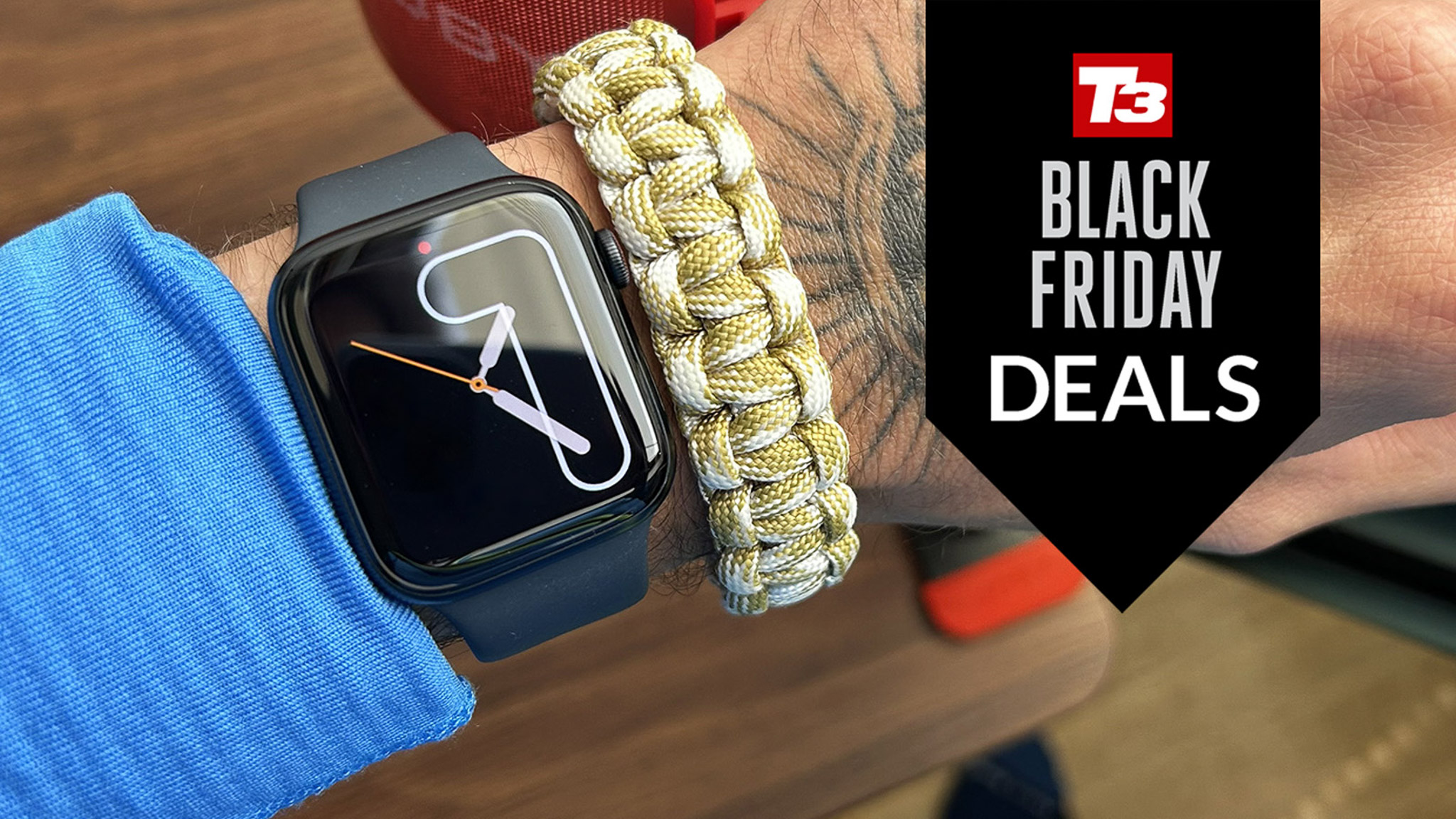 This is not a typo: Walmart is selling the Apple Watch SE (2nd Gen) for only $149 on Black Friday
This is not a typo: Walmart is selling the Apple Watch SE (2nd Gen) for only $149 on Black FridayWith essential features, robust design, and seamless Apple integration, this is the perfect time to grab a premium smartwatch for less
By Matt Kollat Published
-
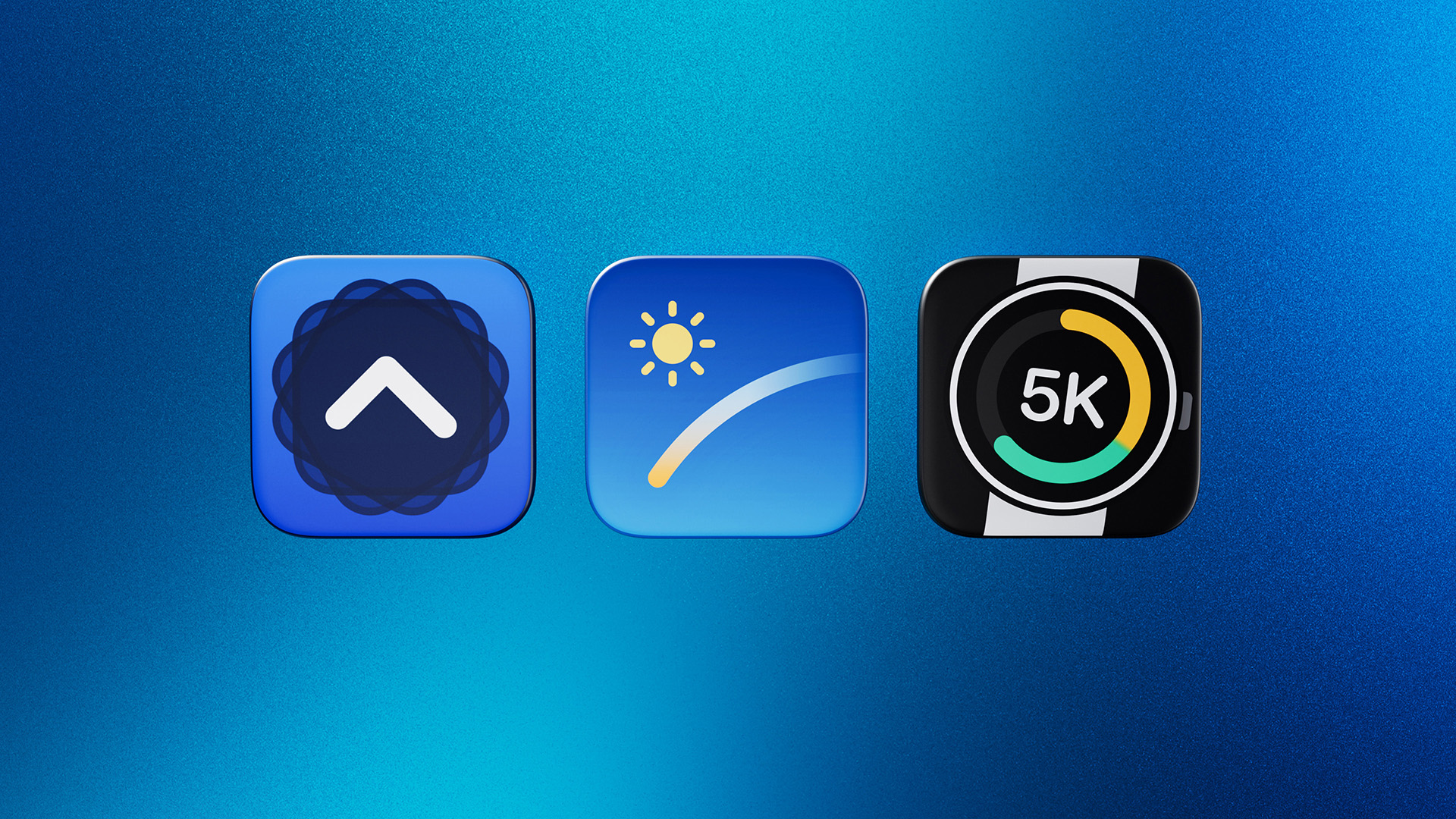 2024's Apple Watch App of the Year Finalists are an eclectic bunch, for sure
2024's Apple Watch App of the Year Finalists are an eclectic bunch, for sureFrom fitness trackers to creative tools, this year's Apple Watch App of the Year finalists showcase a diverse range of innovations that highlight the wearable's versatility in 2024
By Matt Kollat Published

